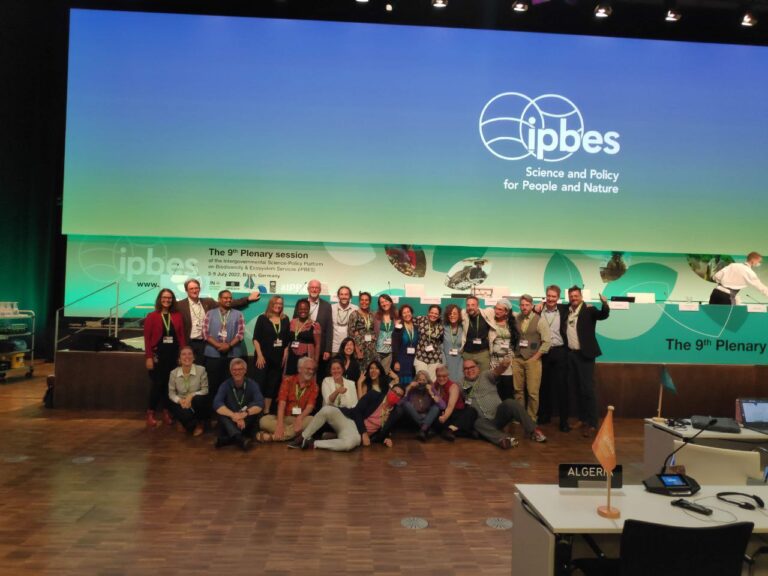
As the IPBES 10 Plenary kicks off, I’m reminded of the remarkable insights gleaned from the IPBES 9 Plenary in 2022. This crucial science-policy interface on biodiversity provided a platform for nuanced observations into the intricate relationship between scientific knowledge and policy development. In my role as an observer, I’ve had the privilege of delving into the interplay between these realms, yielding reflections that encapsulate the essence of this dynamic convergence.
💡Co-Production of Knowledge: The harmonious synergy between IPBES experts and government delegates was a highlight. The collaborative effort to refine and elevate the quality of shared knowledge was evident across numerous sessions. This harmonious interaction underlines the significance of co-producing knowledge for shaping effective policies.
💡Blurred Boundaries: One intriguing realization surfaced during the drafting process of reports such as the business and biodiversity scope, as well as discussions on values like justice. The line between factual information and values became more fluid than anticipated. This observation shines a light on the nuanced relationship between rigorous science and the influence of political dimensions.
💡Politics in the Summary for Policy Makers (SPM): The Summary for Policy Makers was an arena where political dynamics were subtly interwoven. Delicate topics, such as the rights for nature, prompted deliberations that aligned with government positions. It’s important to remember that the SPM echoes these positions, underscoring the role of politics in shaping policy narratives.
💡Dynamic Boundary Work: While not as overt as the IPCC’s stance of being “policy relevant but not prescriptive,” the IPBES reports exhibit a commitment to minimal prescription. The shift from “requires” to “can be supported with” underscores the active boundary work undertaken to maintain policy relevance without imposing rigid prescriptions.
💡Underrepresented Perspectives: An unexpected revelation was the limited involvement of Indigenous People and Local Communities (IPLC) observers. Despite the recognition of Indigenous and local knowledge, their contributions remained relatively muted. This underscores the importance of amplifying diverse voices in the policy discourse.
💡The Power of Personal Interaction: Personal connections emerged as a linchpin in fostering mutual understanding among participants. The interactions during the #IPBES9 plenary highlighted the pivotal role of meaningful dialogue in achieving a harmonious blend of science and policy.
💡Balancing Needs: The schedule occasionally overlooked basic human needs like sustenance and rest. Instances of sessions spanning from 9 a.m. to 12 p.m., with mere half-hour lunch breaks, disregarded fundamental necessities. This imbalance disproportionately affected smaller delegations.
💡Unveiling Power Asymmetries: The conference also unveiled power asymmetries among countries. Delegate numbers, budgets, and proximity to the venue all played a role in the ability to assert one’s position. Disparities, such as countries sending up to 23 delegates while others had none, underscore the imperative of fostering equitable participation.

Embedded within the context of my doctoral research on Science Policy Interfaces, conducted within the One Health and LANUSYNCON Project at the Center for Development Research (ZEF) at the University of Bonn, this immersive experience has added a layer of depth to my understanding. These reflections serve as a poignant reminder of the intricate interplay that informs our global policies.